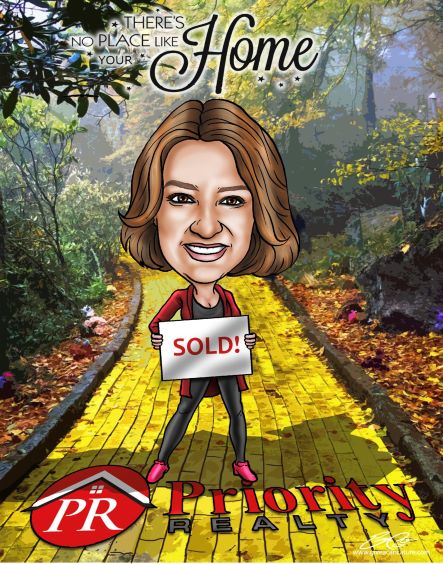
Every property has an assigned zone that controls how you can use it. In residential zones, for example, you often have to abide by restrictions regarding business activity and animal husbandry. Commercial and industrial zoning also comes with many restrictions for its use, limiting the types of businesses that can be operated in each zone. If you want to go beyond those usage restrictions, it is possible to request a zoning variance through the city. Here’s what to expect during that process.
Application Submission
Every city has its own process for zoning variance requests, though most follow similar procedures. To begin, you will likely need to fill out an application and pay a filing fee. Depending on the local requirements, your application may need to include blueprints, surveys, or photographs detailing your planned usage of the property.
Review of Request
After paying the filing fee, the application lands in front of the zoning board for review. The board members take a look at the property characteristics and proposed use of the land. They weigh how your planned usage will impact your neighbors and the surrounding environment. Depending on the nature of your request, they may send out a photographer and other officials to record information to use in the decision-making process.
Notification of Neighbors
Before the zoning board can make an official decision, they are usually required to notify your neighbors of your request. As a part of this notification process, you may need to display informative placards on the land. In addition to the details of your request, these notifications usually include the hearing date to allow all interested parties to attend.
Once notified, local property owners are given time to respond and air their grievances. The zoning board records all messages of support or objection that come their way, so they can take them into account during the official hearing. You can streamline this process by asking your neighbors for letters of support and include them in your application.
Hearing by Zoning Board
The hearing starts with a review of the notification procedures, verifying the board abided by the local laws. Then, the planning department is given time to inform the court about your zoning variance request and their findings.
After that, you are typically given a chance to plead your case and convince the board that approval is the right move. The planning department may be given time for rebuttals before they open up the floor to your neighbors. All interested parties have a limited amount of time to share their concerns or messages of support. Once they are finished, the fact-finding portion of the hearing is complete.
In some locations, the zoning board will immediately vote on the decision, while others make their determinations behind closed doors. If you do not receive an immediate decision, the zoning board will likely be in touch to schedule a final determination meeting. Either way, approvals are effective immediately, allowing you to move forward with your plans. If your request was denied, however, you may have up to 30 days to file an appeal.
About the Author

Sally Gallegos
There's No Place Like Your Home!
Originally from Liberal Kansas, Sally Gallegos has lived in Colorado since she was 8 years old, making her almost a native and very familiar with the Colorado market. Sally and her husband celebrate over 16 years of marriage. Together they have 4 adult children and 3 grandchildren. One grandson and two granddaughters. When not assisting client, Sally enjoys camping, fishing, reading and spending time with family and friends.
